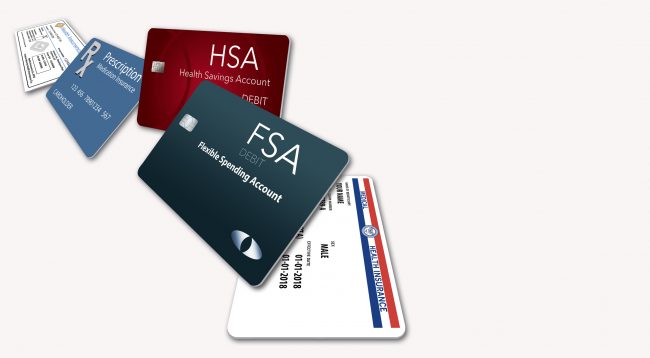Employers Expect Higher Premiums, Little to No Cost-Shifting
Employers who were surveyed for a new report expected that group health insurance premiums would increase 5.4% this year and at a faster clip in 2024 as inflation hits medical costs.
Employers said they are looking to manage growing group benefit costs without shifting costs to employees, as they realize that their staff are likely dealing with inflation in all facets of their lives, including their medical bills, according to Mercer’s “Survey on Health and Benefit Strategies for 2024.”
At the same time the labor market is still very tight, requiring businesses to continue offering attractive pay and benefit packages.
In fact, 64% of large employers (with 500 or more workers) plan to enhance their health insurance and well-being benefits to stay competitive for talent and to keep their staff happy, Mercer found.
With all that in mind, the report advises that employers will have to prepare for higher premium outlays and be creative in how they try to control costs.
“Employers looking to enhance benefits will need to do it carefully — not by adding bells and whistles, but by looking for opportunities to add value,” Mercer wrote in its report.
“That might mean filling gaps in current offerings with more inclusive benefits. It might mean revisiting time-off policies to give employees more flexibility. It definitely means paying close attention when employees say they need better support for their mental health.”
Whether to pass on higher costs
Besides the 64% of employers who said they would boost their benefits in 2024, 28% said they would not but have done so in the past two years. When asked if they would pass on the additional health insurance costs to their employees:
- 45% said they would not shift any of the higher costs to employees.
- 24% said they would up employee cost-sharing, but by less than the projected increase.
- 27% said they would raise cost-sharing enough to keep pace with the projected cost increase.
- 3% said they would raise cost-sharing enough to reduce the projected cost increase.
Employers are also taking different steps to make health insurance more affordable for their staff, particularly those at the lower end of the wage spectrum:
- 15% of employers offer free employee-only coverage in at least one plan.
- 18% use salary-based contributions to premiums, with lower-wage workers paying less than their better paid colleagues.
- 39% offer a medical plan with no or a low deductible or cost-sharing (e.g., copay plan).
- 6% make larger health savings account contributions to lower-wage staff to make their high-deductible health plan more affordable.
Other strategies
Besides those steps, employers are using a number of other strategies to slow health
cost growth without shifting cost to employees, including:
- Programs aimed at enhancing the management of specific health conditions like diabetes and heart disease. Programs also include pain management, which can reduce medical costs and improve patient outcomes.
- Focused actions to manage the cost of specialty prescription drugs. Strategies include making plan design changes to steer patients to specialty pharmacies, focusing on the site of care and seeking support from drugmakers to reduce enrollee out-of-pocket costs and demanding integrated managed care from health plans and the pharmacy benefit managers with which they contract.
- Increasing virtual care offerings, beyond standard telemedicine. Already 64% of employers offer virtual programs for a broader range of care, such as behavioral health care, specific care areas like diabetes or musculoskeletal issues, specialty care like dermatology or reproductive care and primary care.
- Steering enrollees to quality, high-value care via high-performance networks, centers of excellence, etc. These approaches deliver savings by focusing on the quality and efficiency of a provider network.
- Limiting plan coverage to in-network care only (in at least one plan).
- Strategies focused on utilization of high-quality primary care (e.g., advanced primary care).
The takeaway
As we enter a period of higher premium increases along with a competitive job market for employers, businesses will need to be creative when addressing costs and offering the benefits that their employees desire.
The three main takeaways from the Mercer report are:
- Be prepared for faster premium increases in the coming years.
- Find benefits that will add value for your employees, and not bells and whistles they don’t care about.
- Consider network and telehealth strategies to help reduce overall costs.











